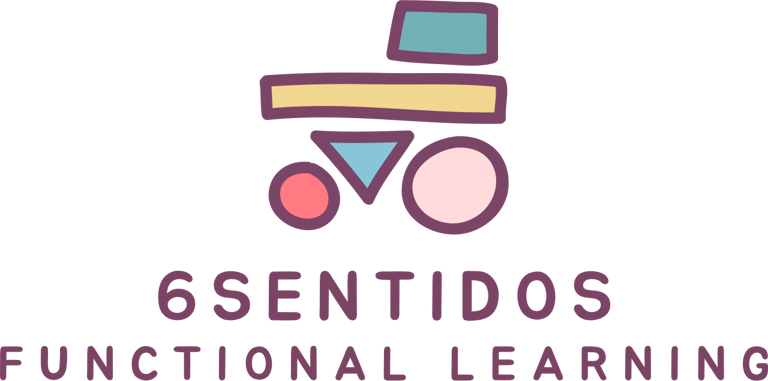Porque as crianças autistas precisam de defesa
Regulação sensorial como prioridade


Ajudar as crianças a gerir as suas necessidades sensoriais para melhor concentração e envolvimento nas atividades. De atividades proprioceptivas a estímulos vestibulares, a nossa equipa orienta em técnicas de relaxamento e respiração.
Pesquisas sugerem que entre 90% e 95% das crianças com autismo apresentam desafios no processamento sensorial. Essas questões podem-se manifestar como hipersensibilidade (resposta intensificada) ou hipossensibilidade (resposta diminuída) aos estímulos sensoriais, afetando significativamente seu funcionamento diário.


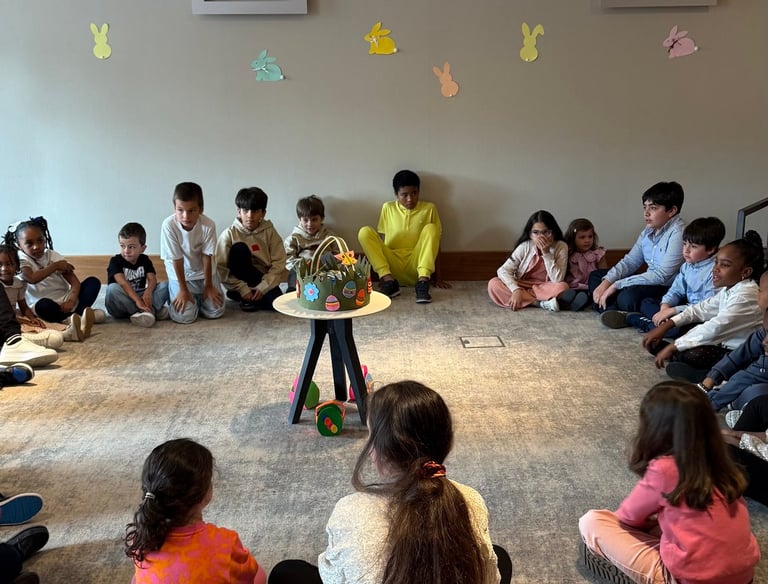

Dynamic Assessment
Você já fez uma Avaliação Dinâmica para seu filho multilíngue? A avaliação dinâmica é um método de avaliação usado para identificar as habilidades e o potencial de aprendizagem de um indivíduo. A AD enfatiza o processo de aprendizagem e leva em consideração a quantidade e a natureza do investimento do examinador. É altamente interativa e orientada para o processo. A AD também ajuda a diferenciar melhor as diferenças e os distúrbios da fala e da linguagem. Desde a pré-sessão até a pós-sessão, os avaliadores consideram os esforços para a modificabilidade e as mudanças.
Os nossos educadores experientes orientam as crianças em matemática, inglês, tecnologia, arte e brincadeiras sociais. Rotinas previsíveis e rituais regulatórios, combinados com horários visuais, proporcionam um ambiente propício para a aprendizagem ideal. O Processamento de Linguagem Gestalt (GLP) é quando as crianças aprendem a linguagem em blocos, em vez de palavras isoladas. Reconhecer o scripting e a ecolalia como formas de comunicação significativas ajuda os pais e profissionais a usar esses scripts como pistas para os interesses e necessidades da criança, formando uma base para o desenvolvimento de habilidades linguísticas funcionais.
Aprendizes da linguagem Gestalt


Alfabetização - Leitura funcional com o objetivo final de compreensão. Um objetivo funcional que pode contribuir para uma habilidade maior. Habilidades para a vida, como montar móveis da IKEA, fazer compras no supermercado e cozinhar, ensinam-nos a interagir e compartilhar momentos de alegria enquanto aprendemos.


Empowering Learning
Supporting autistic children through engaging, hands-on activities.


Social Play
Fostering independence through interactive social experiences. Our programme prepares the young minds for emergency situation, whether its a power outage, or small changes in their schedule. In an organized and consistent methodology, we bring them the skill of adaptation.
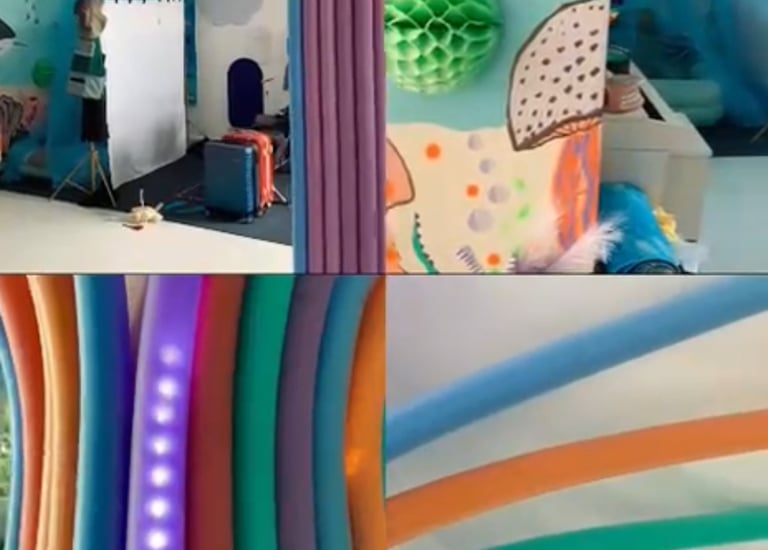

Sensory Regulation
Helping children manage sensory needs for better focus. Each child is different and our goal is to give them the space they need so they can enjoy learning.




Life Skills
Teaching essential skills for future independence and success.
Guided Learning
Experienced educators lead children in practical, engaging activities. From growing herbs to building an Ikea table.
→
→
→
→
Learning Center
Empowering autistic children through sensory regulation and social play.


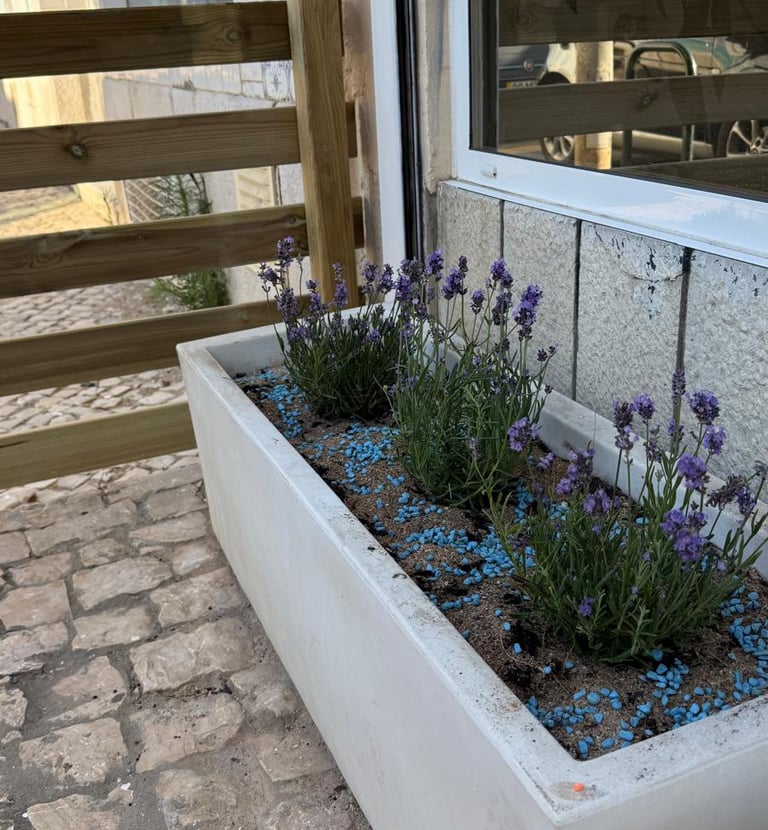


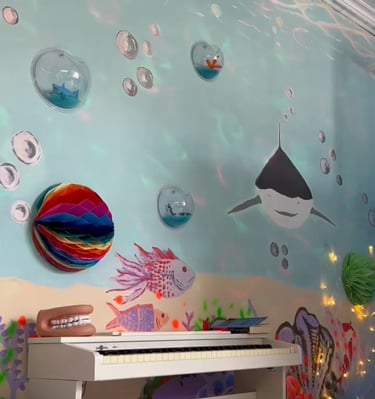
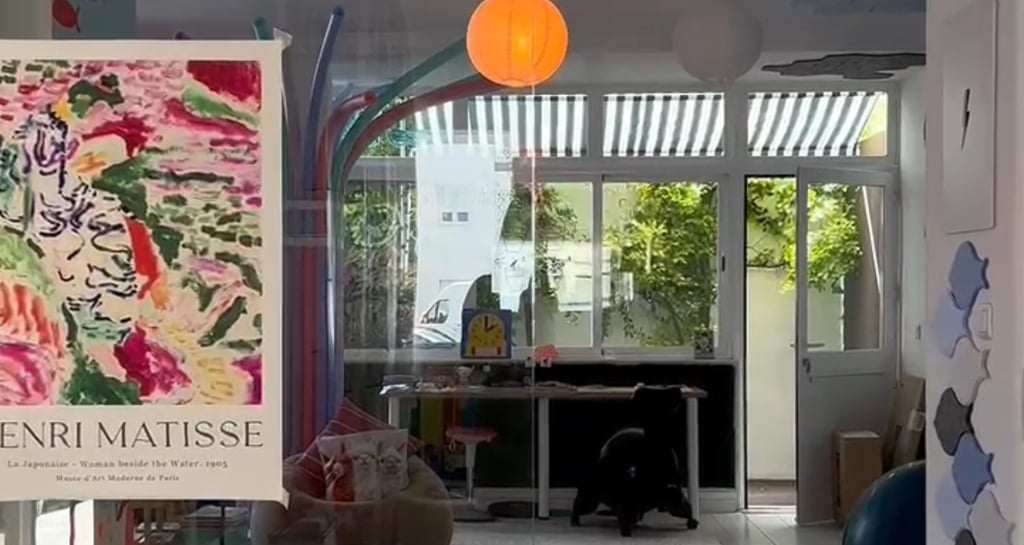

Apoio
Capacitando crianças autistas para um futuro melhor.
Aprenda
crescer
info@6SentidosHub.com
+351-916527511
© 2025. All rights reserved.
